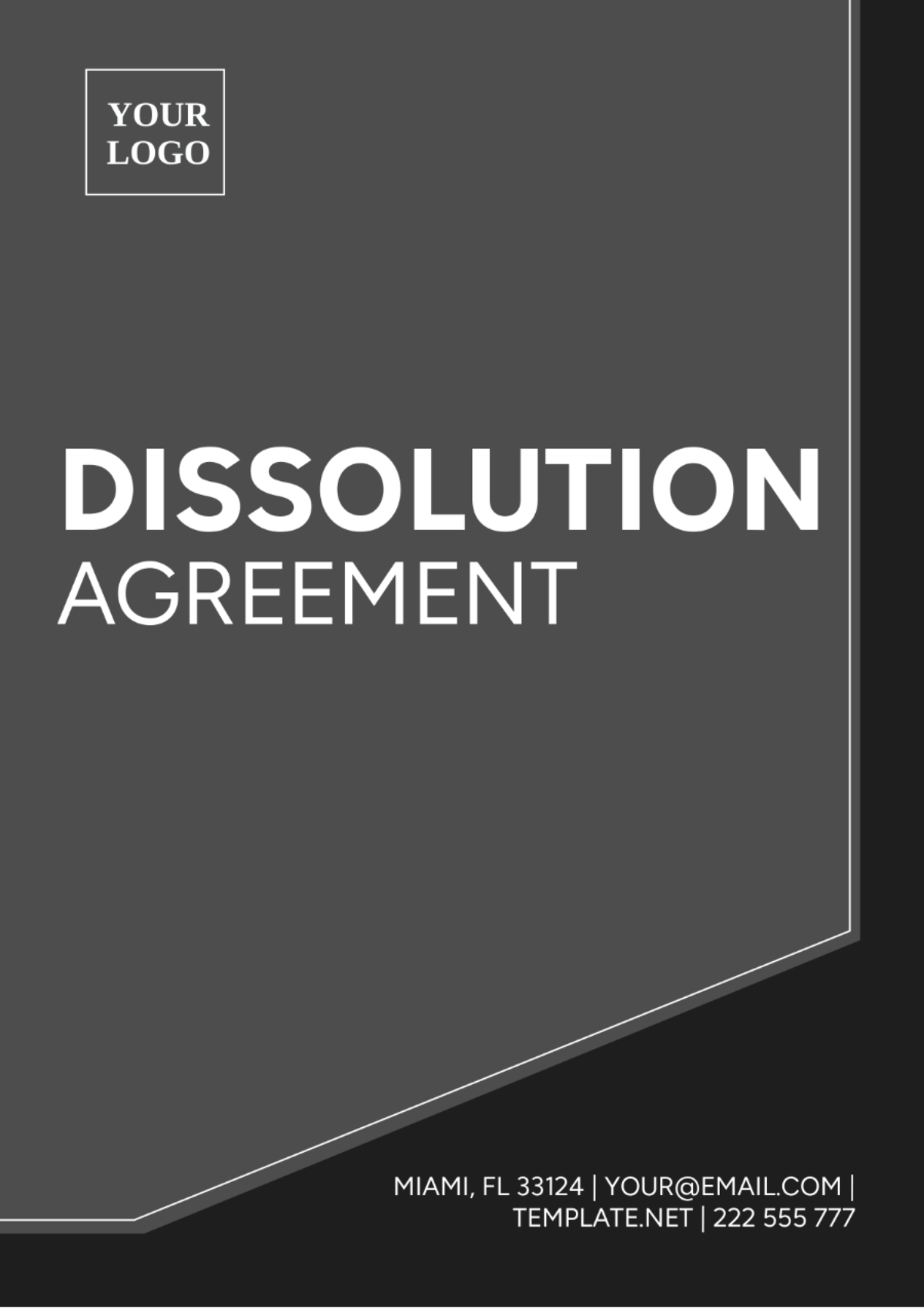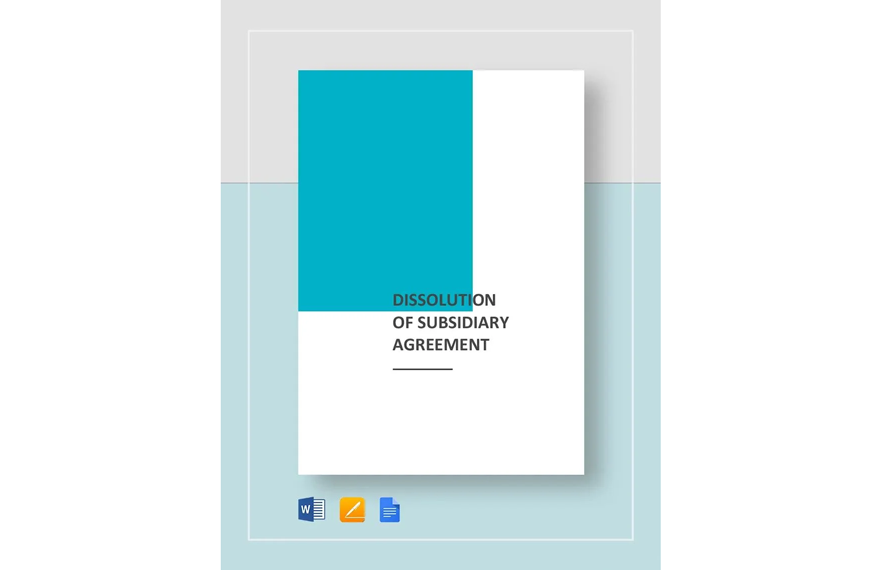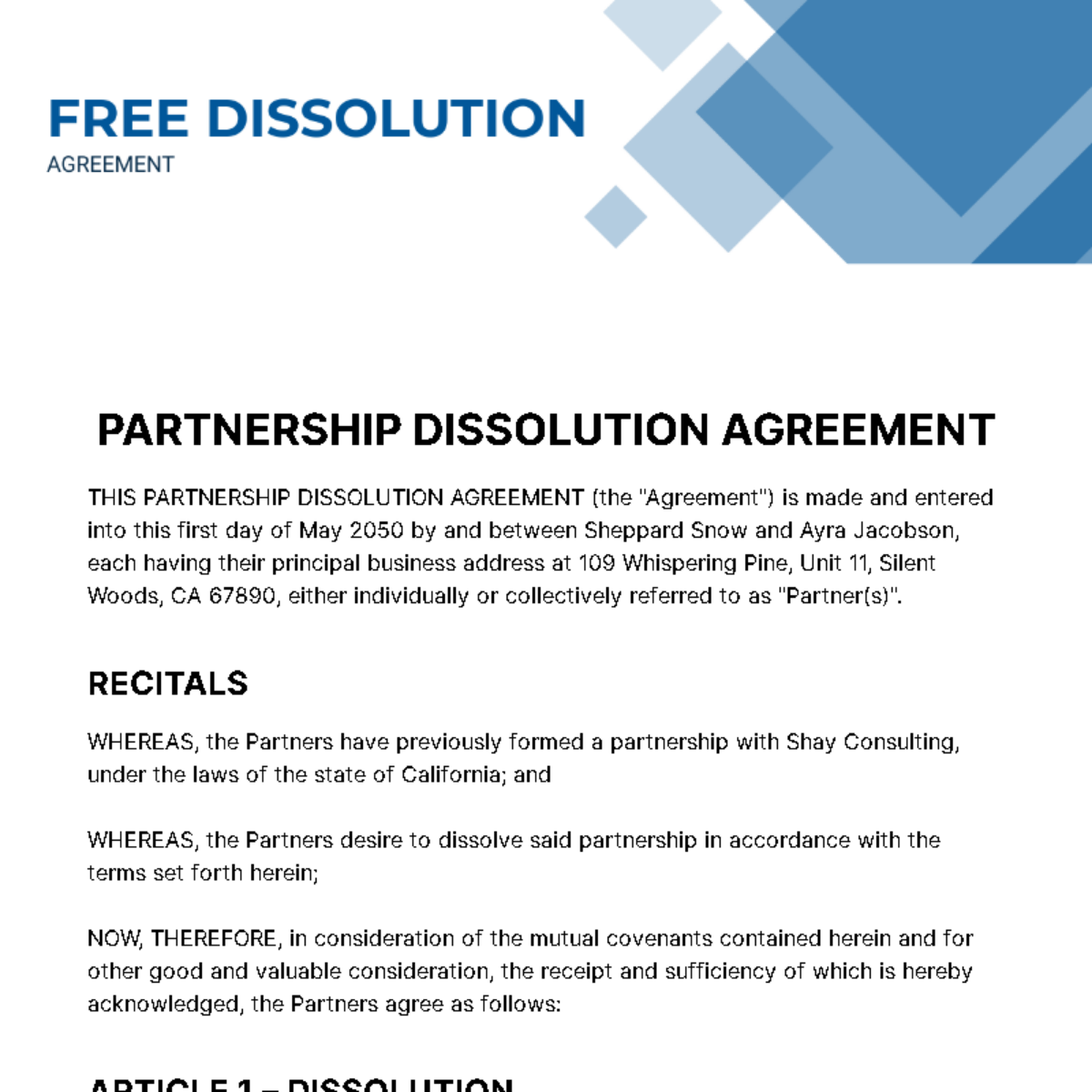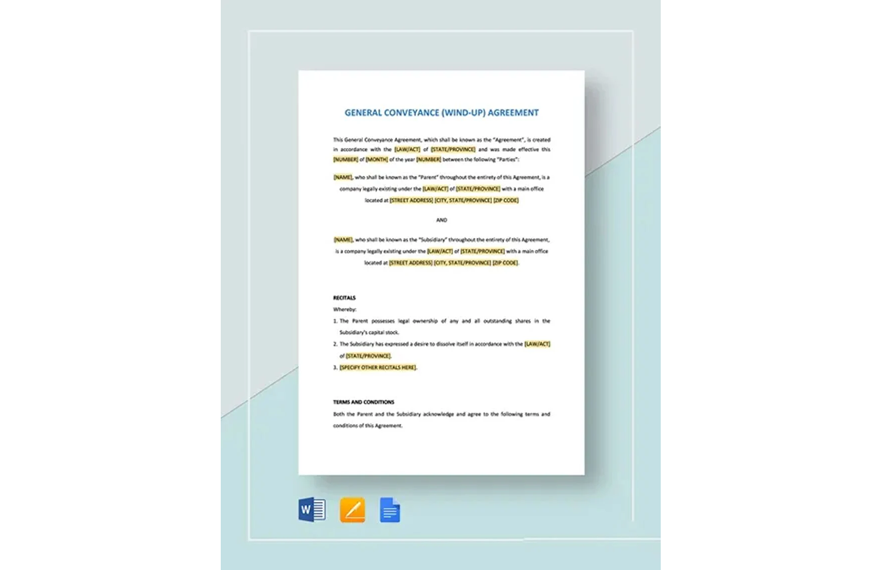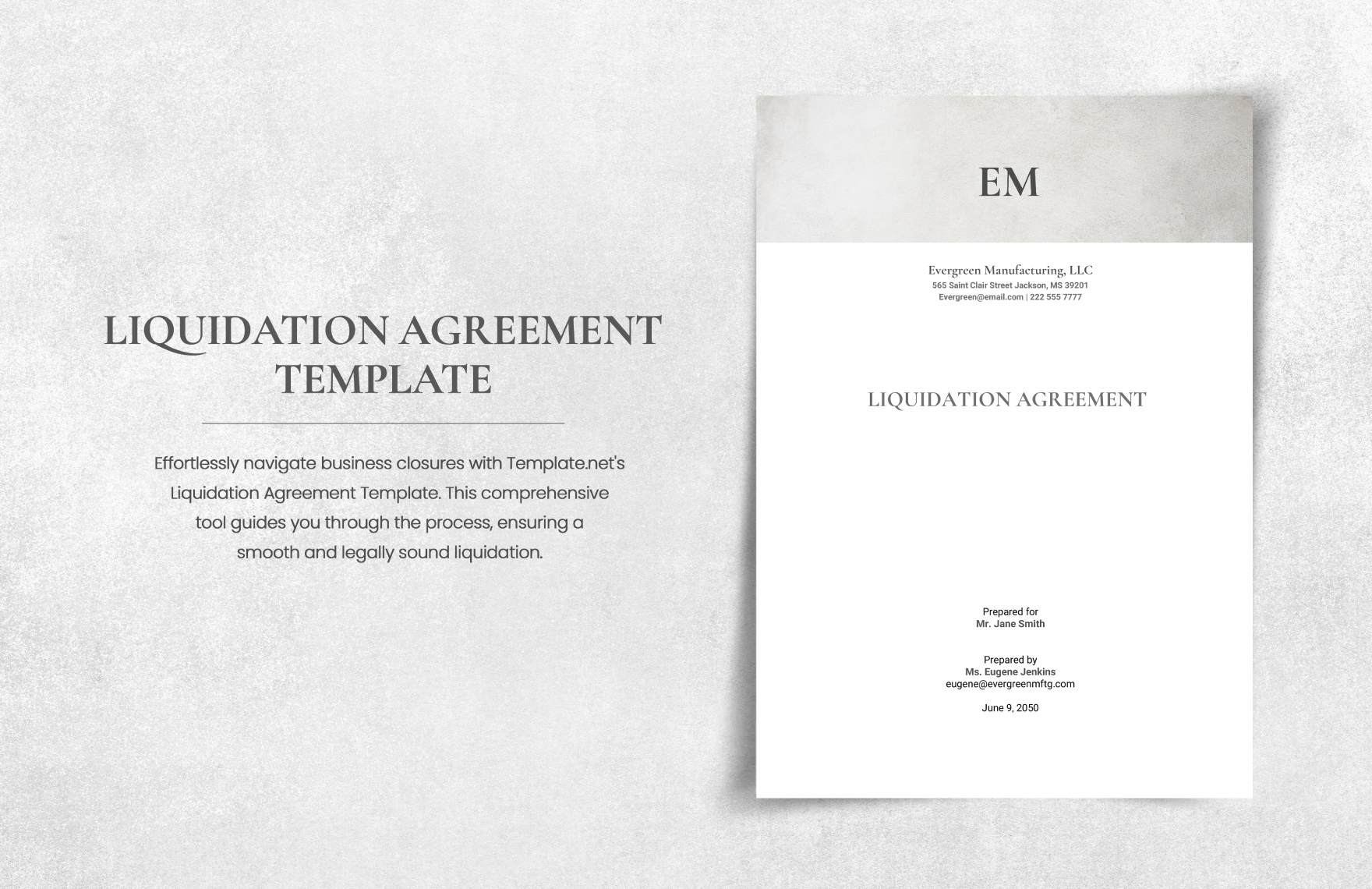Any business breakup is tough especially when you have already invested much time and effort into it. However, there are times when the termination of the business can be the best option so you would not incur a loss any further. When that time comes, it is best to have a dissolution agreement for the partners or members to formally make a graceful exit in their business. To help you write a dissolution agreement with ease, here are some simple steps that you can follow.
1. Introduce the Parties
The heading of your formal document must specify that it is a dissolution agreement. Then, your first paragraph must state the date on which the agreement is signed, the parties involved, and, if applicable, the type of organization, for example, partnership, corporation, limited liability company (LLC), etc. Additional partners must also be stated as well.
2. Write the "Whereas" Clauses
The "whereas" clauses, also called recitals, provide the background information about the parties and define the world of the agreement. It must contain the following information: the brief description of the purpose of your business, the total amount of capital contributions of each partner, and any later payments made, the provision of the business formation and the dissolution agreement. In case your business agreement does not specify the separation or termination procedures, you can refer to the state laws governing dissolution for guidance and assistance.
3. Enumerate the Different Sections
The sections in the dissolution agreement must be presented in an organized manner. This means each section must contain only one key point and this must be specifically discussed in the section. Typically, a dissolution agreement contains the following sections:
- Dissolution, which allows you to provide the key details about your business, such as the name, address where the business was established, and current principal address.
- Winding up, which explains that each partner will assume assets and liabilities in proportion with their interests; liquidating partners, assigning the partners for their tasks in the liquidation process.
- Indemnification, guarding the other parties against one party defaulting on its pro-rata share of obligations; release and discharge, which indicates that neither parties can bring a claim against the other for business-related issues after the dissolution.
- Amendments, indicating that all changes to the legal agreement must be in writing and signed by all parties.
- Governing law, allowing the parties to choose the state laws that will be used to interpret the document. There are other sections that you can incorporate depending on the type of business that you are into or the products and services that you are offering.
- Other sections can be as follows: no implied waiver, counterparts, severability, headings, and entire agreement.
